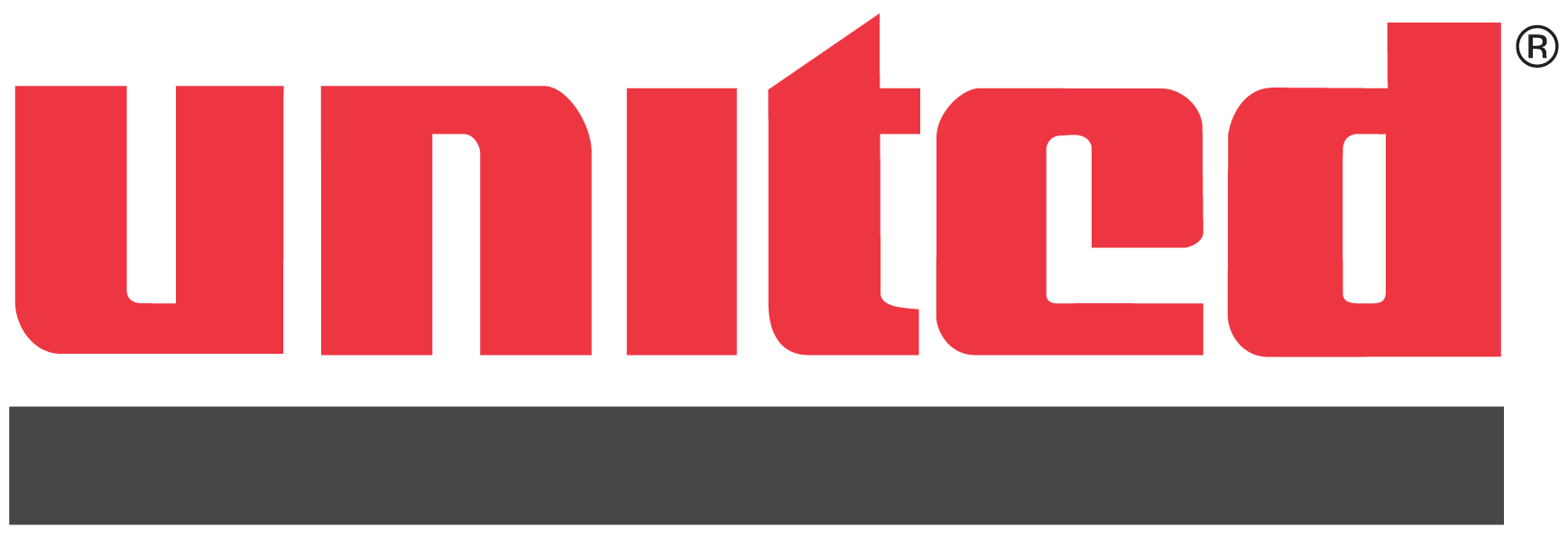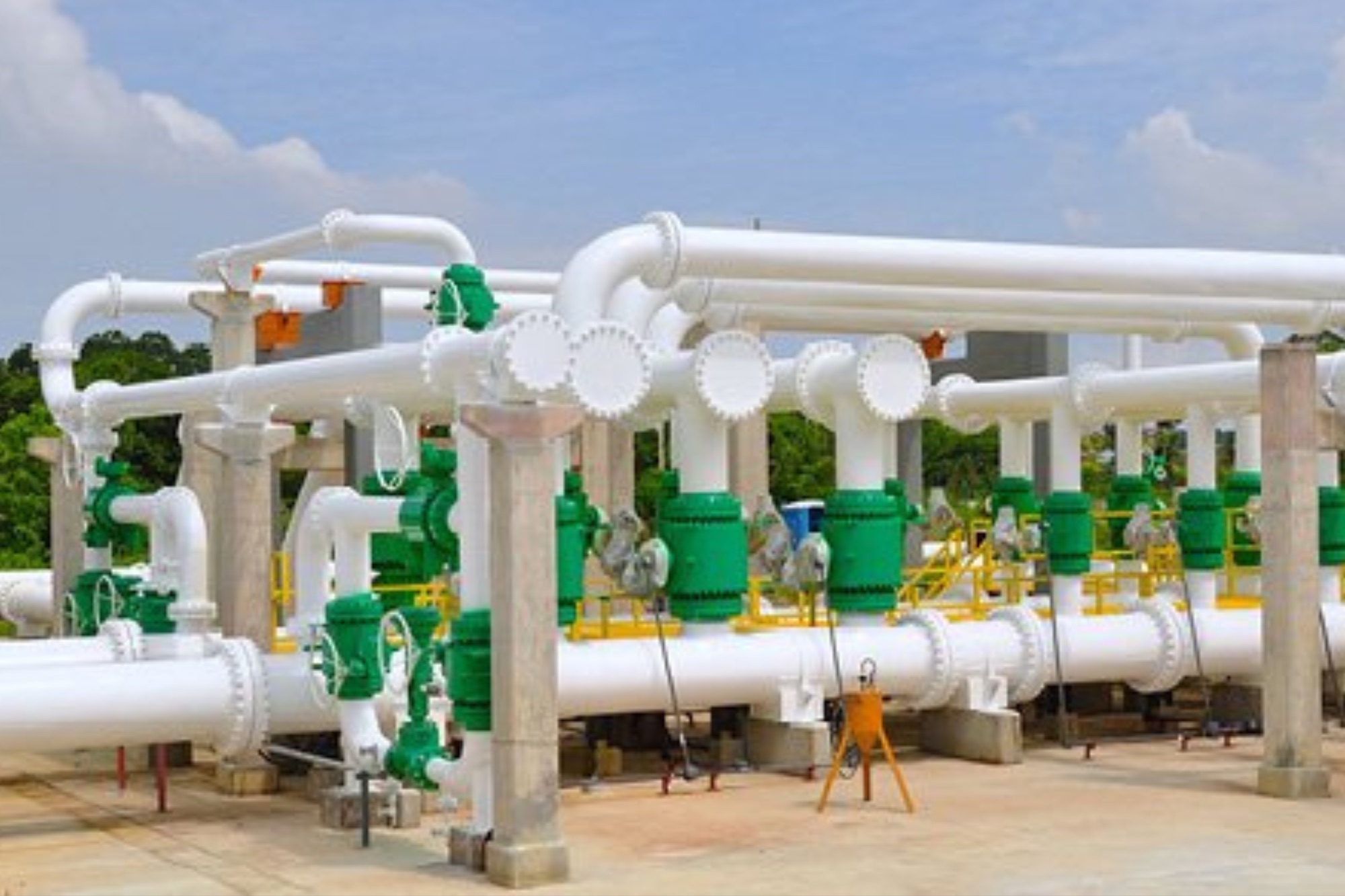Salt caverns play a critical role in energy infrastructure, but despite the term “brine caverns” sometimes being used, the storage itself happens in the salt formations, not in the brine. These underground systems are designed to store large volumes of hydrocarbons like crude oil, diesel, and natural gas liquids. The brine itself is part of the mechanism, not the product.
By using naturally occurring salt formations, operators can create secure, geologically stable caverns that support large-scale storage needs. This technique is especially important in energy hubs like the Gulf Coast and Texas Panhandle, where managing reserves efficiently is critical to maintaining supply stability, balancing market fluctuations, and supporting long-term infrastructure planning.
What Are Salt Caverns and How Is Brine Used?
Salt caverns are engineered voids created within underground salt formations—typically salt domes or beds—used to store large volumes of hydrocarbons such as crude oil, propane, and ethylene. These caverns aren’t naturally occurring; they’re formed by injecting fresh water into the salt formation to dissolve the salt, then pumping out the resulting brine. What remains is a stable, impermeable cavity ideal for long-term storage.
Salt formations provide a natural advantage for this type of infrastructure: they’re geologically stable, self-sealing under pressure, and resistant to leakage. Once the desired internal volume is reached, the cavern can be filled with hydrocarbons.
To extract the stored products, brine is pumped back into the cavern to displace the hydrocarbons. Because it’s denser than most hydrocarbons, brine settles to the bottom of the cavern and pushes the lighter hydrocarbons to the surface. This allows for precise, controlled withdrawal while preserving the quality of the stored product. After use, the brine is held in surface ponds and reused for future injection cycles, making it an efficient and sustainable part of the operation.
Why Energy Providers Use Salt Storage Caverns
Salt Storage caverns serve a vital operational purpose in modern energy management. Their unique structure and reliability make them an ideal choice for storing hydrocarbons at scale, especially when flexibility and security are priorities.
Advantages include:
- Large-volume capacity for managing surplus production or storing strategic reserves
- Rapid injection and withdrawal capabilities to respond to market fluctuations or demand shifts
- Geologic stability that minimizes the risk of leaks or product loss over time
- Efficient footprint compared to above-ground tank farms, especially in space-constrained areas
These systems are especially common in high-production areas like the Gulf Coast, Texas Panhandle, and Kansas, where salt formations are accessible and storage needs are significant. United Pipeline supports operators in these regions with proven internal lining solutions designed to extend system life and reduce long-term maintenance demands.
The Challenge: Corrosion and Abrasion in Brine Systems
While brine caverns provide a secure storage solution underground, the surface and subsurface piping systems that support them face significant wear. Brine’s high sodium chloride content accelerates internal corrosion, especially in unlined carbon steel pipelines. Over time, turbulence, temperature changes, and abrasive flow conditions amplify the problem—eroding pipe walls and creating leaks or failures.
Without proper internal protection, operators are forced into frequent repairs or expensive replacements. These issues drive up maintenance costs and threaten operational reliability. In facilities handling millions of barrels across complex pipeline networks, even minor degradation can lead to severe service disruptions and environmental risks.
Success Story: Pemex’s Tuzandepetl Strategic Hydrocarbon Storage Center
Mexico’s largest underground crude oil storage site—the Tuzandepetl Strategic Hydrocarbon Storage Center in southern Veracruz—is a critical asset in managing the country’s strategic oil reserves. The site includes 12 salt caverns with a combined capacity of 7.1 million barrels and a brine-handling system supported by two surface dams holding an additional 12 million barrels. This complex network of piping, pumps, and surface infrastructure enables the injection and withdrawal of product across a large-scale storage operation.
However, decades of exposure to corrosive brine had taken a toll. The internal surfaces of the facility’s carbon steel brine pipelines had degraded significantly, resulting in product leakage, structural failures, and increasing maintenance demands. The system’s reliability was at risk, and Pemex needed a long-term solution that could meet the facility’s operational demands without disrupting critical storage activities.
The Solution: United Pipeline’s Thermoplastic Lining Systems
To address the facility’s corrosion issues without disrupting operations, Pemex partnered with United Pipeline Systems to implement a fully integrated internal lining solution. At the core of the approach was the Tite Liner® system—a tight-fitting, high-density polyethylene (HDPE) liner designed to provide long-term protection against internal corrosion and abrasive flow.
The liner was fabricated in 45-foot sections, which were thermally fused on site into continuous lengths—some extending more than a mile—to match the segments of the pipeline being rehabilitated. United Pipeline installed the Tite Liner® system by sectioning the host pipe, inserting the fused liner, and using a roller reduction box to temporarily compress the liner for pulling. Once inside the pipeline, the liner expanded to form a tight, compression fit against the inner wall, creating a continuous barrier that prevented corrosion without impacting flow performance.
United Pipeline applied thermoplastic through rotational lining for components that couldn’t be lined using standard insertion methods, such as elbows, tees, and other custom geometries. This process coated the interior of each fitting with a uniform, abrasion-resistant layer, ensuring consistent protection across the entire brine-handling network.
Project Execution & Results
United Pipeline managed every stage of the project—from engineering and fabrication to on-site installation. More than 450 custom-fabricated, rotolined spools were delivered and installed to replace degraded sections of the brine-handling system.
Despite the size and complexity of the facility, the final switchover to the new system was executed in just one week, minimizing downtime and maintaining operational continuity.
The result: a fully rehabilitated pipeline network with enhanced corrosion resistance, no product leakage, and a reduction in long-term maintenance requirements, giving Pemex the reliability it needed to continue managing its strategic reserves safely and efficiently.
Why It Matters: Long-Term Value of Lined Brine Systems
Corrosion in brine-handling systems is a direct threat to operational continuity and long-term profitability. Left unaddressed, it leads to product loss, safety hazards, and costly shutdowns. A fully lined system changes that. It gives operators the confidence to run at scale without constantly looking over their shoulder for the next failure.
United Pipeline has solved these problems in some of the most demanding environments in the industry. Their Tite Liner® systems are engineered for harsh conditions, built to last, and proven in the field.If your infrastructure is showing signs of wear, now’s the time to act. Talk to United Pipeline about a custom lining solution built for the realities of brine service.

